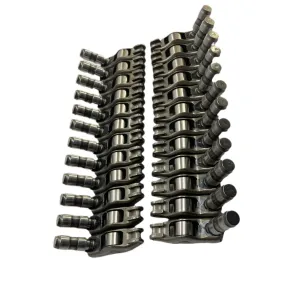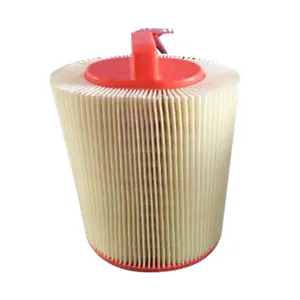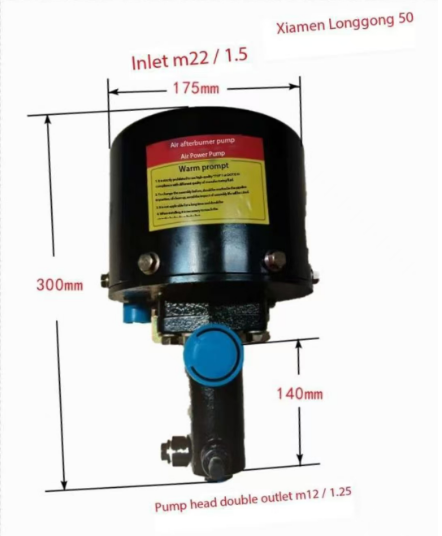Q
is transmission fluid the same as engine oil
I'm a seasoned industrial engineer with a keen interest in machine learning. Here to share insights on latest industry trends.
While both products serve a lubrication purpose. they have distinct properties and are not interchangeable. Engine oil cools and protects the internal parts of the engine. while also removing impurities. Meanwhile. transmission fluid performs similar functions for the transmission of your vehicle. It is responsible for lubricating. cooling. and maintaining hydraulic pressure to operate the transmission. In automatic transmissions. it also acts as a coolant and transfers power from the engine. It's important to use the correct product for each specific function to avoid potential damage to your vehicle.
You May Like
Yes, a lit check engine light generally results in an automatic fail in emissions tests. This light, part of a car's onboard diagnostics system (OBD-II), illuminates when the vehicle's computer detects a problem affecting the engine or its emissions control systems. Since emissions tests are designed to ensure vehicles meet emission standards by limiting pollutants, a check engine light indicates there's likely an issue interfering with the car's ability to adhere to these standards. It's worth noting, though, standards and processes can vary by location. Addressing the underlying problem causing the light to come on is essential not only for passing emissions but also for maintaining the vehicle's performance and environmental compliance. It's advisable to have a professional diagnose and repair the issue before undergoing an emissions test.
White smoke from a diesel engine often indicates that the fuel is not burning correctly. The primary reasons include incorrect injector timing, faulty injectors, low cylinder compression, or a cold engine. When the timing is off or injectors are malfunctioning, fuel doesn't atomize properly, leading to incomplete combustion. Low compression can result from wear and tear in the engine components like piston rings or cylinder walls, hindering the engine's ability to efficiently compress and ignite the fuel. In cold conditions, the engine may struggle to reach the optimal temperature for combustion, causing the fuel to partially burn and emit white smoke. Addressing these issues may involve adjusting the timing, repairing or replacing injectors, or addressing any compression issues. Regular maintenance and warming up the engine in cold weather can also help prevent this problem.
The Carnot engine. introduced by French physicist Sadi Carnot in 1824 and refined over time. is a theoretical engine that operates on a reversible Carnot cycle. Emile Clapeyron extended the model in 1834. leading to the development of Carnot's theorem and law. This engine incorporates the fundamental principle of thermodynamics. which explains heat transfer. temperature changes. energy. and entropy. According to Carnot's design. an ideal engine would be one that runs on a reversible Carnot cycle and operates at maximum efficiency. This concept is significant in analyzing systems that use heat as a work substance or involve cyclic processes. While perfecting the Carnot engine may not be feasible theoretically or practically. understanding its potential for maximum efficiency can provide valuable insights into heat engines operating between two constant-temperature heat reservoirs.
You May Like
Q&A
- •how to clear engine derate kenworth
- •my bus new jersey transit
- •how to fix engine timing
- •consumer reports tyres
- •can a diesel engine run on oil
Popular Information














